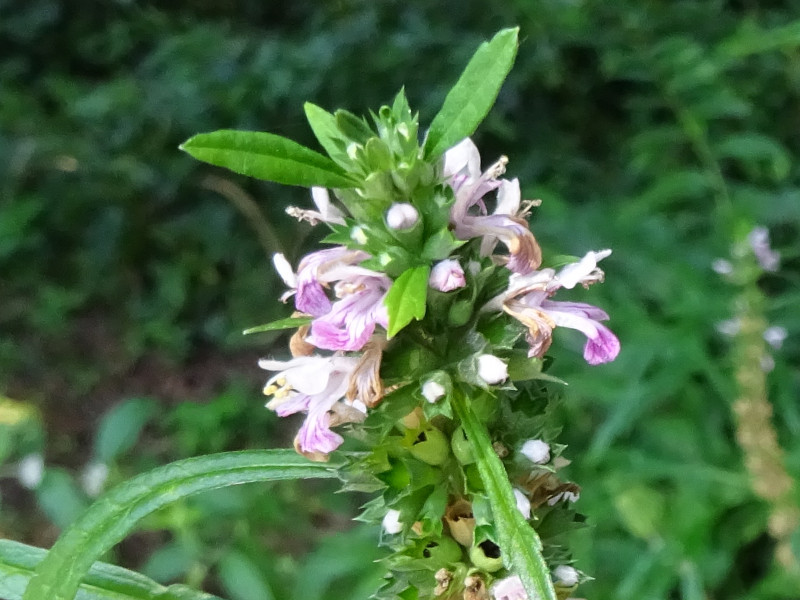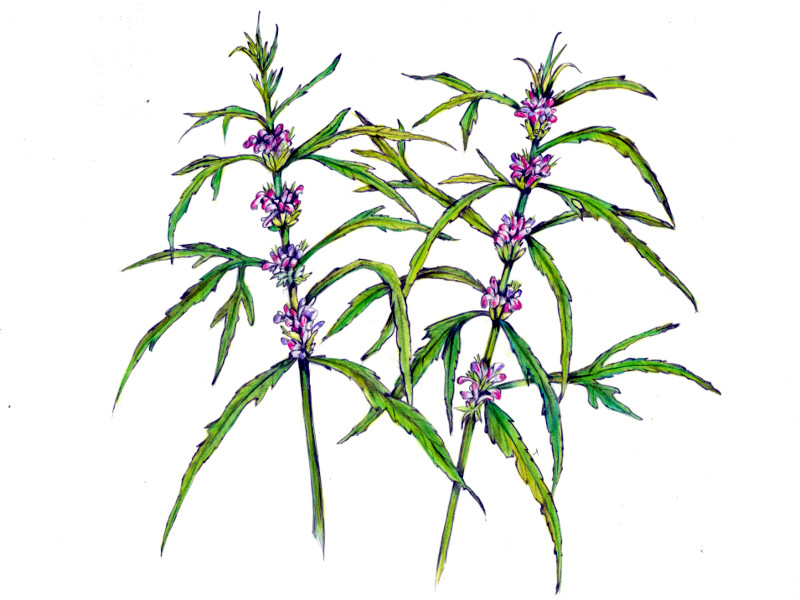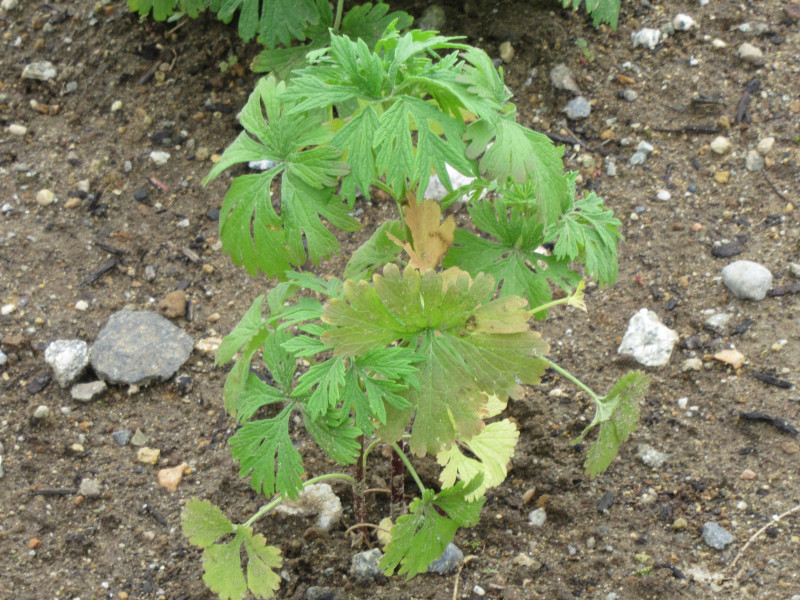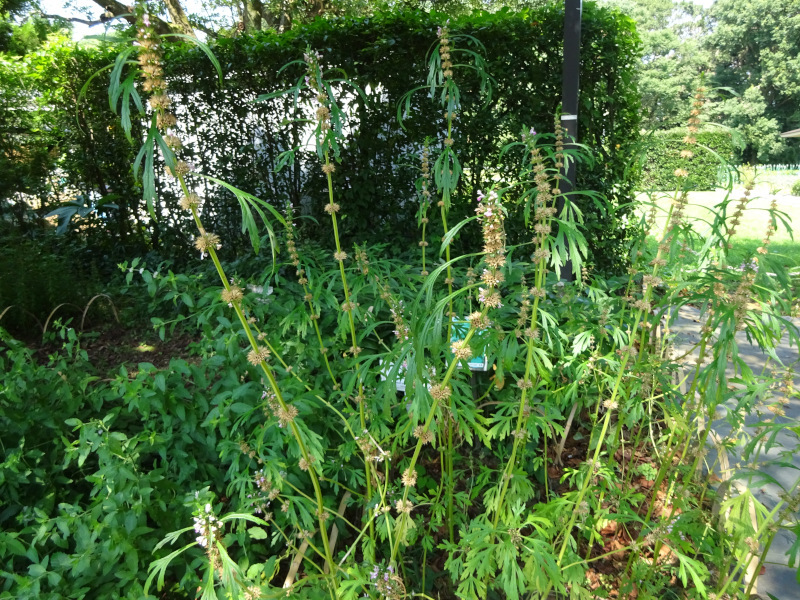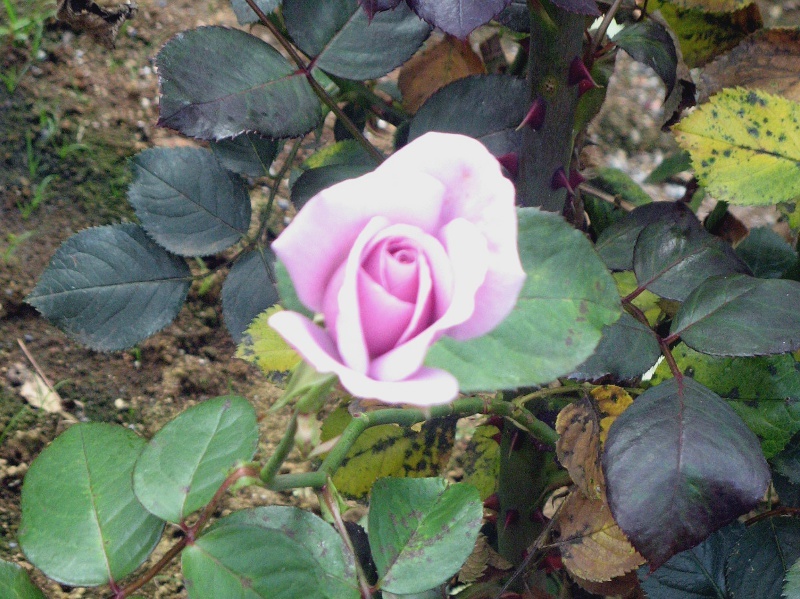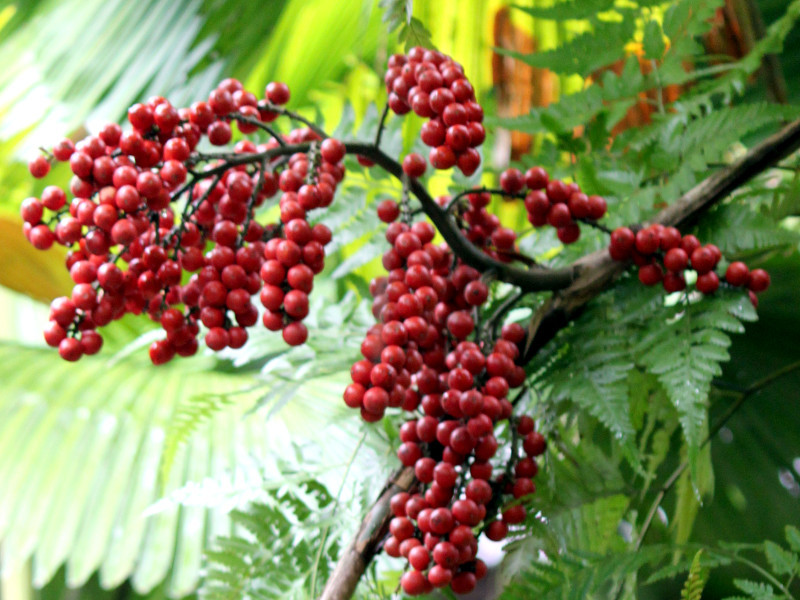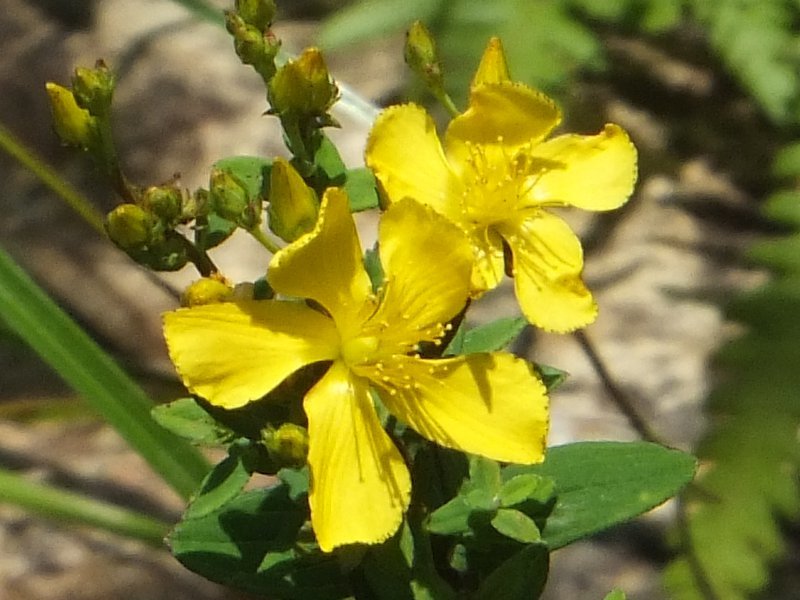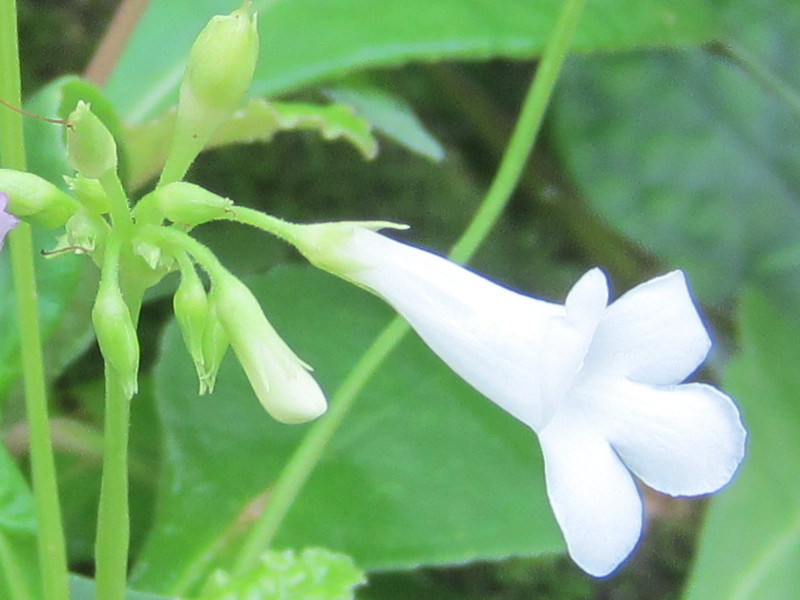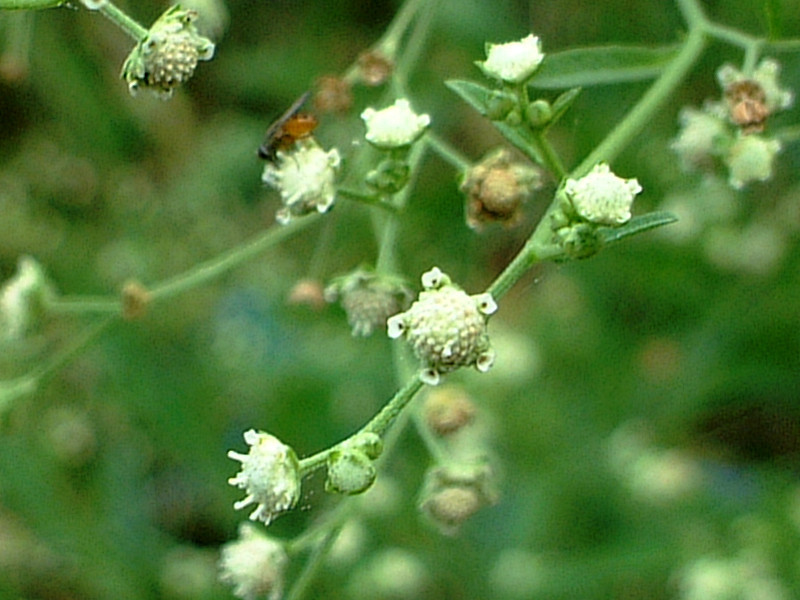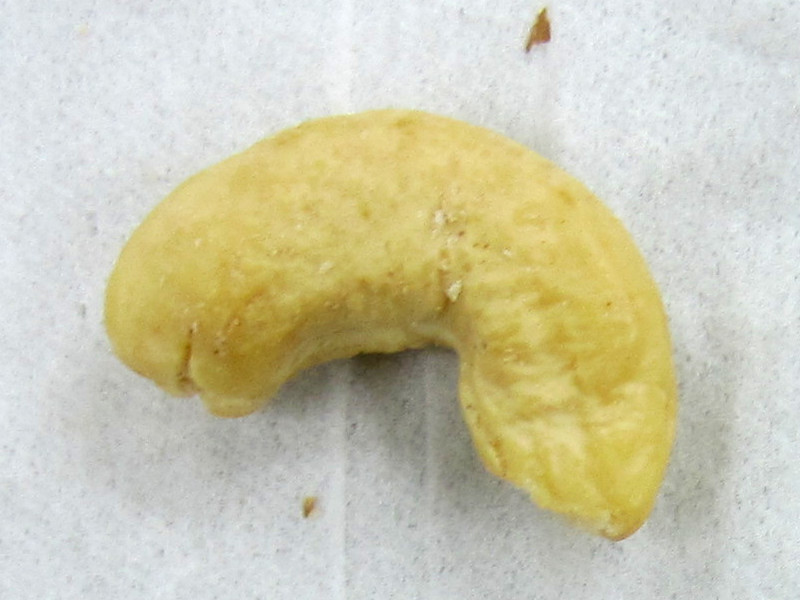Leonurus japonicus
- Flower nameLeonurus japonicus
- Scientific nameLeonurus japonicus
- Alias目弾き, 益母草, Leonurus japonicus, oriental motherwort, Chinese motherwort, ヤクモソウ
- Place of originEast Asia, Southeast Asia and Africa
- Place of floweringFields and footpaths
- Flowering seasonJuly, August, September
What is Leonurus japonicus
Leonurus japonicus, oriental motherwort, Chinese motherwort, or mehajiki (Scientific name: Leonurus japonicus) is an overgrowth herb of the genus Leonurus in the family Lamiaceae, native to East Asia, Southeast Asia and Africa. In Japan, it grows wild on roadsides, wastelands and fields in Hokkaido, Honshu, Shikoku, Kyushu and Okinawa. It produces 8 to 15 pink (pale reddish-purple) lip-shaped flowers in summer by growing cymatched inflorescences from the tips of its rhizome. The whole plant and seeds are dried and used in folk medicine for women and eye drops.
Common name: Leonurus japonicus, Scientific name: Leonurus japonicus, aka: oriental motherwort, Chinese motherwort, or mehajiki ,Origin: East Asia, Southeast Asia, Africa, Living type: Overwintering herbs, Plant height: 50-150 cm, Root leaf shape: Oval with petiole. Leaf margin: serrate, stem leaf phyllotaxy: opposite, flowering season: July-September, flower color: pale red-purple, corolla: lip-shaped, flower diameter: 2 to 2.5 cm, inflorescence: cymose, number of stamens: 4, number of pistils: 1, fruit type: branched fruit, use: folk medicine.
